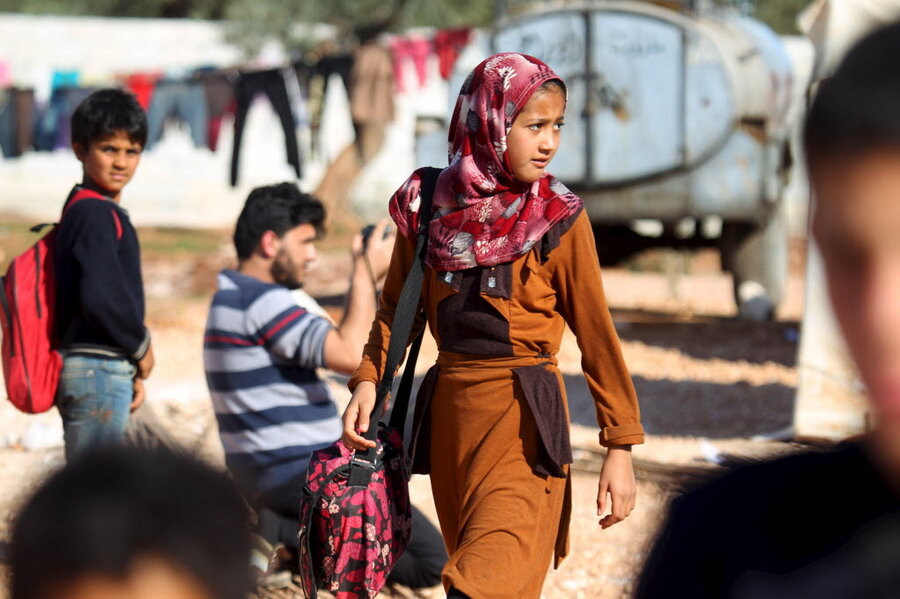Syria’s calm before the peace
Loading...
Peace is more than the absence of war, and to prove that old axiom, just look at how Syrians are using a fragile cease-fire that began Feb. 27, the first sort of calm since Syria’s civil war began in 2011.
Some people have resumed pro-democracy protests against the Assad regime. Others are locating lost loved ones and reconnecting with scattered communities. Aid agencies are rushing water, food, and other supplies to some 1.7 million people besieged by the conflict. Fewer people are fleeing. The temporary peace, while fragile, is bringing some stability, hope, and social rebonding. These are the necessary realities to end the false presumption of endless war.
Most of all, if the Assad regime and the non-terrorist rebel groups live up to their agreement on a “cessation of hostilities,” it will signal their seriousness about striking a peace deal at negotiations scheduled in Switzerland in coming days.
Suspicions on both sides remain high. And the agreement, which was brokered by Russia and the United States, does not include the Islamic State group and the Al Qaeda franchise Jabhat al-Nusra. They are still targets for airstrikes. Yet the temporary truce is at least a recognition that no side is winning. With half of Syria’s prewar population displaced by fighting, the idea of total victory over a vanquished foe seems illusive.
A key next step is a full truce that can be monitored. Even though that means the conflict is simply “frozen,” it provides the peace that will provide the opportunity for Syrians to decide if they want to keep their country whole or split it up. The hardest decision is whether President Bashar al-Assad will accept a transition process that ends his rule. Outside powers can do only so much to define a solution.
Like many other countries that have had to make difficult transitions, the path to reconciliation requires the right balance between justice and peace. For a few days already, the peace part is in place.







